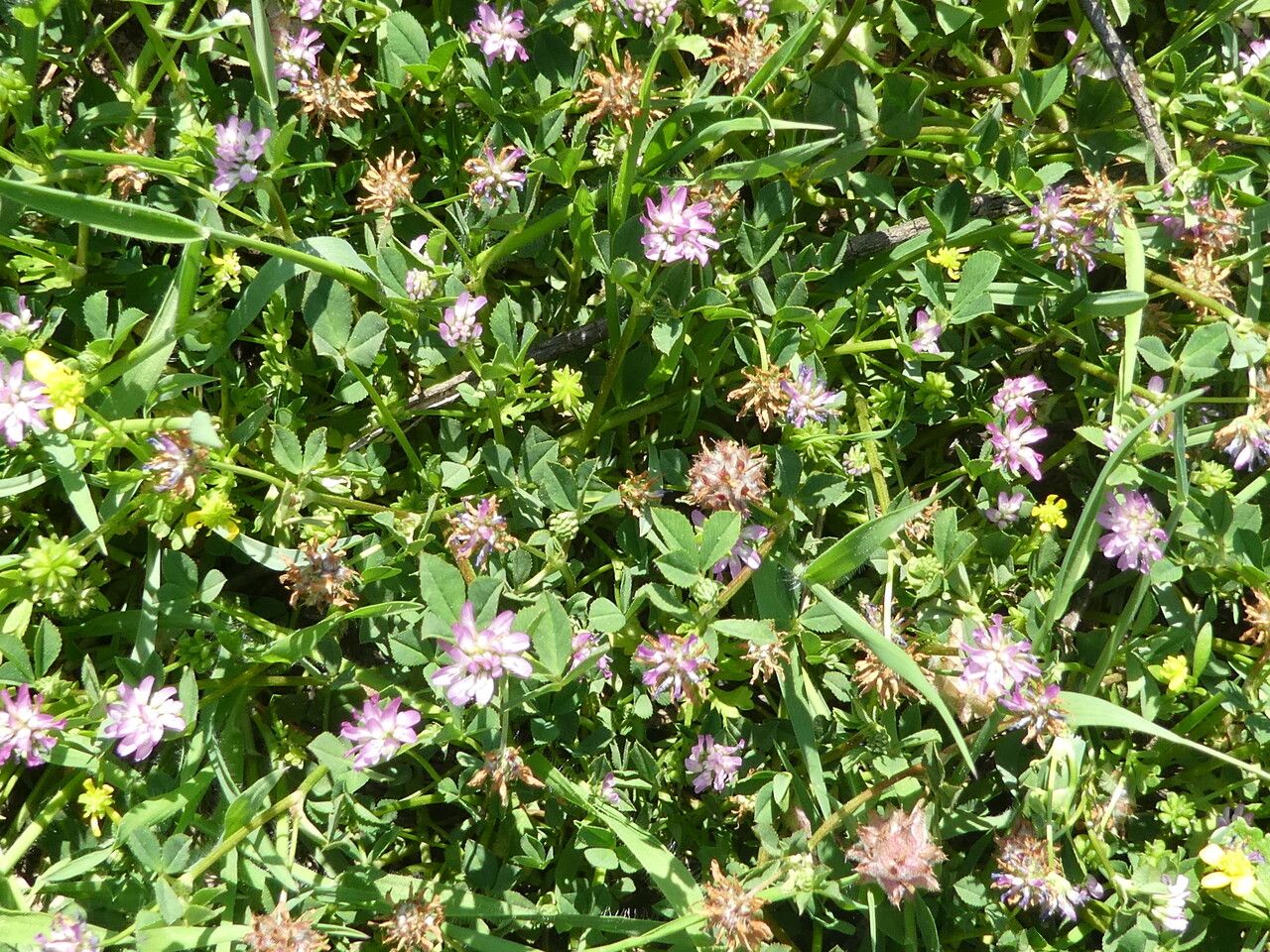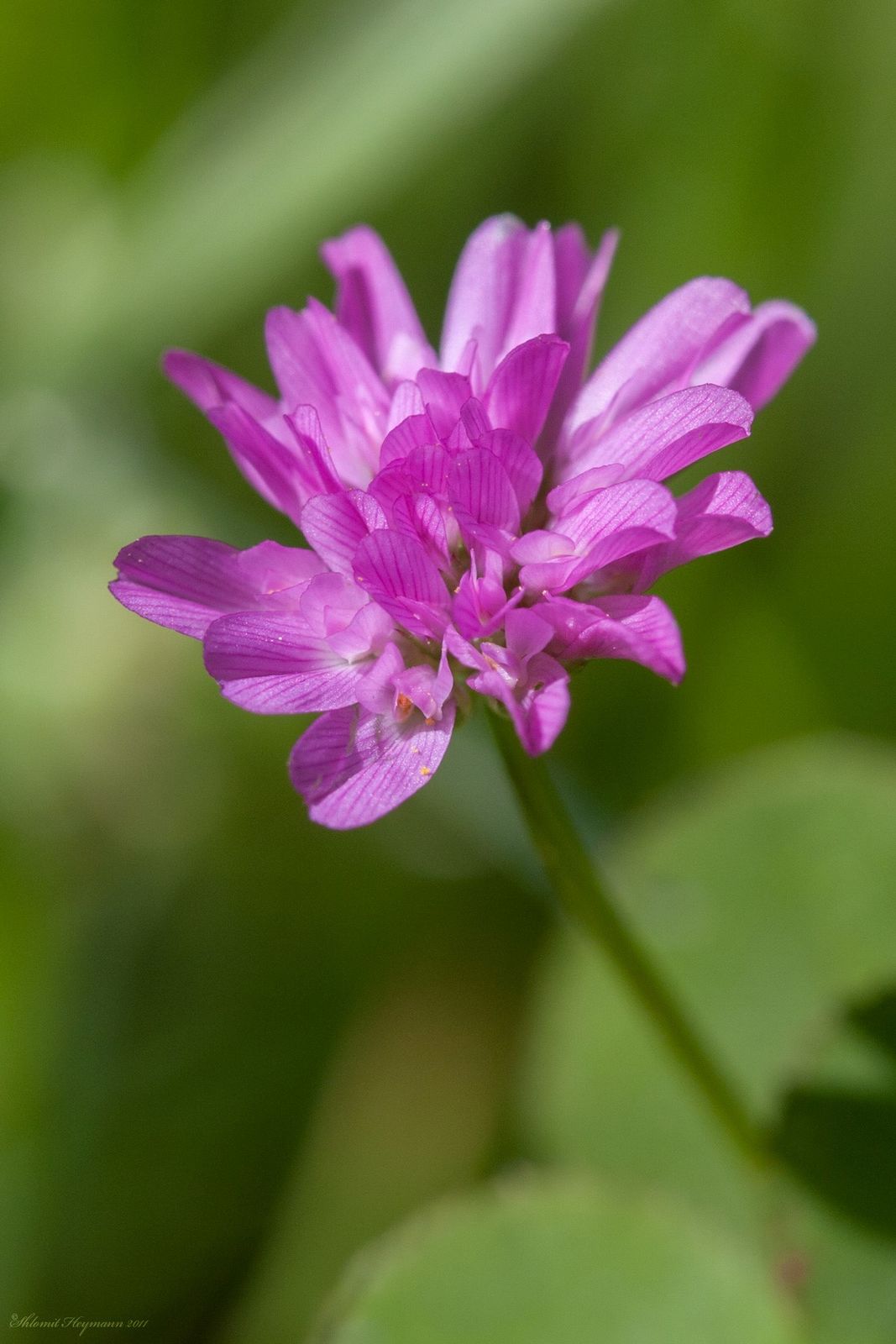Persian clover
trifolium resupinatum
Also known as: ["Persian trefoil","resupinate clover"]
Overview
A leguminous annual plant native to the Middle East, valued for its forage quality and nitrogen-fixing capabilities.
Benefits & Perks
["edible fruits","medicinal use","wildlife attractant (bees, butterflies, birds)","drought tolerant"]
Botanical Classification
| Phylum: | Magnoliophyta |
| Class: | Magnoliopsida |
| Order: | Fabales |
| Family: | Fabaceae |
| Genus: | Trifolium |
| Botanical Name: | Trifolium resupinatum |
Plant Characteristics
Basic Information
- Category: Herbs & Weeds
- Suitable Location: garden bed or container in a sunny spot
- Suitable For:
- Is Weed: No
- Allergenicity: low
Environmental Needs
- Climate: {"temperatureRange":"5–30°C"}
- Hardiness: {"zones":"7–10"}
- Misting: rarely required, only if ambient humidity is very low
- Drainage: Fast-draining to prevent waterlogging.
- Soil Type: Well-draining, loamy soil with added organic matter like compost or aged manure.
Maintenance Level
- Maintenance Level: low
- Toughness Level: moderate
- Pruning Frequency: Light pruning every 4–6 weeks during growing season; deadheading spent flowers as needed.
- Pruning Intensity: Light to moderate; avoid heavy pruning unless necessary to control size or shape.
Care Details
Ideal Sunlight Coverage:
Bright indirect light for 6–8 hours daily; tolerates full sun in cooler climates but benefits from partial shade in hot regions.
Sunlight Tolerance Tips:
Acclimate gradually to intense sunlight to prevent scorching; provide shade during peak midday hours in hot climates; adjust indoor placement to mimic natural light cycles.
Care Requirements
Care Difficulty
easymoderate
Sunlight
full sun to partial shade
Rotate plant weekly for even growth; use sheer curtains to filter harsh sunlight; avoid placing near east/west-facing windows in summer.
Watering
every 7–10 days during active growth, reduce in winter
Water thoroughly until it drains from the bottom, allow soil to dry slightly between waterings, and avoid waterlogging.
Soil
well-drained, sandy loam with moderate organic content
pH: Slightly acidic to neutral (pH 6.0–7.0).
Ensure pots have drainage holes; avoid heavy clay soils; test pH annually and adjust if needed.
Temperature
Prefers 60–75°F (15–24°C); tolerates cooler temperatures but may struggle above 80°F (27°C) without adequate shade.
Avoid sudden temperature fluctuations; use a fan for air circulation in hot weather; protect from frost in winter.
Fertilizing
every 4–6 weeks during growing season
Apply fertilizer after watering to prevent root burn; flush soil occasionally to prevent salt buildup; stop fertilizing when plant is dormant.
Propagation
Methods
Stem cuttings or seed; stem cuttings are faster and more reliable for home growers.
Step-by-Step Propagation Guide
- Take a 4–6 inch cutting below a node, remove lower leaves, apply rooting hormone, place in medium, maintain humidity, and wait for roots.
Best Time: Spring or early summer when the plant is actively growing.
Environment
High humidity (70–90%), indirect light, and consistent warmth (65–75°F, 18–24°C).
Medium
Well-draining mix of peat moss and perlite or coarse sand.
Hormone
Rooting hormone is recommended to improve success rates.
Timeline
Roots develop in 2–4 weeks; new growth appears in 6–8 weeks.
Tools Needed
Pruning shears, rooting hormone, small pots, misting spray bottle, plastic bags or propagation dome.
Quick Tips
Use healthy, non-flowering stems; keep soil consistently moist but not waterlogged; provide gentle bottom heat for faster rooting.
Pruning & Repotting
Pruning Guide
Method
Pinch back tips to encourage branching; trim leggy stems to promote compact growth; remove yellow or damaged leaves.
Pruning Plan
Prune to maintain shape, encourage bushier growth, and remove spent flowers to promote continuous blooming.
Tools
Clean, sharp pruning shears or scissors, disinfectant spray.
Checklist
Disinfect tools, prune during active growth, remove dead/damaged parts, shape evenly, clean up debris.
Repotting Guide
Best Season
Spring, before the active growing season begins.
Pot Size
Increase pot size by 1–2 inches in diameter; ensure drainage holes are clear.
Method
Remove plant gently, trim any circling roots, place in a slightly larger pot with fresh soil, water lightly, and avoid direct sun for a few days.
Suggestions
Repot every 1–2 years or when roots fill the pot; beneficial for refreshing soil and providing space for growth.
Checklist
Choose appropriate pot, prepare new soil, inspect roots, prune if needed, water lightly, adjust light exposure.
Advanced Care Tips
Watering Mastery
Watering Checklist
Check soil moisture, water deeply, ensure drainage, avoid wetting leaves, adjust for season.
How to Apply Water Properly
Water directly at the root zone, ensuring even moisture distribution without wetting foliage; water early in the morning to minimize evaporation and fungal risk.
Watering Schedule Tips
Water deeply once the top inch of soil feels dry, typically every 7–10 days in spring/summer, reducing frequency to every 2–3 weeks in fall/winter.
Soil Improvement
Add perlite or coarse sand for drainage; incorporate compost for fertility; use mulch to retain moisture and suppress weeds.
Temperature Stress Management
Signs of Temperature Issues
Wilting, yellowing leaves, stunted growth, or bud drop in extreme heat; leaf discoloration or cessation of growth in cold stress.
Cold Stress
Low temperatures slow growth and may cause root damage or leaf drop if below 50°F (10°C) for extended periods.
Solution: Move to a warmer location, insulate pots with bubble wrap, and reduce watering to prevent cold root damage.
Hot Stress
Excessive heat leads to water stress, leaf scorch, and reduced flowering if not provided with adequate moisture and shade.
Solution: Provide afternoon shade, increase watering frequency, and use mulch to retain soil moisture.
Fertilizing Guide
Fertilizing Checklist
Check growth phase, dilute fertilizer, water before application, avoid foliage contact, follow seasonal schedule.
Fertilizing Method
Use a balanced liquid fertilizer diluted to half strength every 4–6 weeks during active growth (spring/summer); avoid fertilizing in fall/winter.
Common Problems & Solutions
Toxicity Warning
Cats
Non-toxicTrifolium resupinatum is not considered toxic to cats. The plant is generally safe for feline consumption, though excessive intake may cause mild digestive upset.
⚠️ Symptoms:
🌿 Toxic Parts:
⚡ Toxic If:
if eaten
Dogs
Non-toxicTrifolium resupinatum is not considered toxic to dogs. The plant is commonly used as forage and is generally safe for consumption.
🌿 Toxic Parts:
⚡ Toxic If:
if eaten
Humans
Non-toxicTrifolium resupinatum is generally considered non-toxic to humans. However, ingestion of large quantities of seeds may cause mild gastrointestinal discomfort due to their high protein content.
⚠️ Symptoms:
🌿 Toxic Parts:
⚡ Toxic If:
if eaten in large quantities
Frequently Asked Questions
Q: Is Persian clover safe for pets?
A: Yes, it is non-toxic to dogs and cats.
Q: Can Persian clover be used in cooking?
A: Yes, it is edible and can be used in salads or as a garnish.
Q: Does Persian clover attract wildlife?
A: Yes, it attracts bees, butterflies, and birds due to its flowers.
Quick Reference
| Family: | Fabaceae |
| Care: | easy |
| Light: | full sun to partial shade |
| Water: | every 7–10 days during activ |
Get Expert Care Tips
Download the Plantious app for personalized care reminders and plant identification!
Google Play App Store








